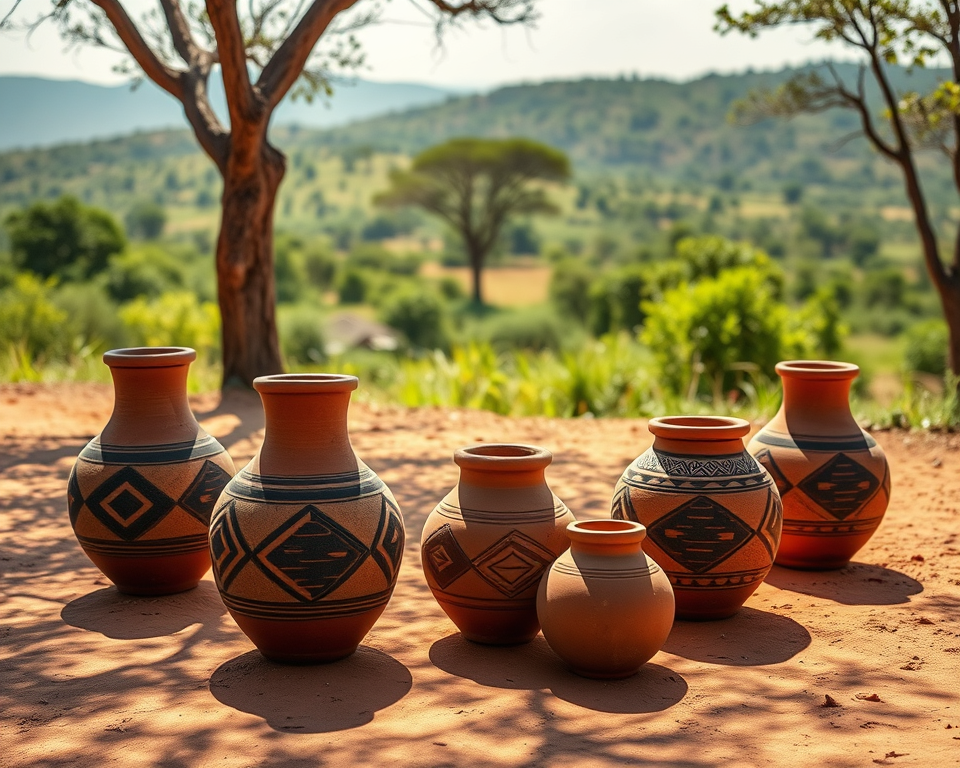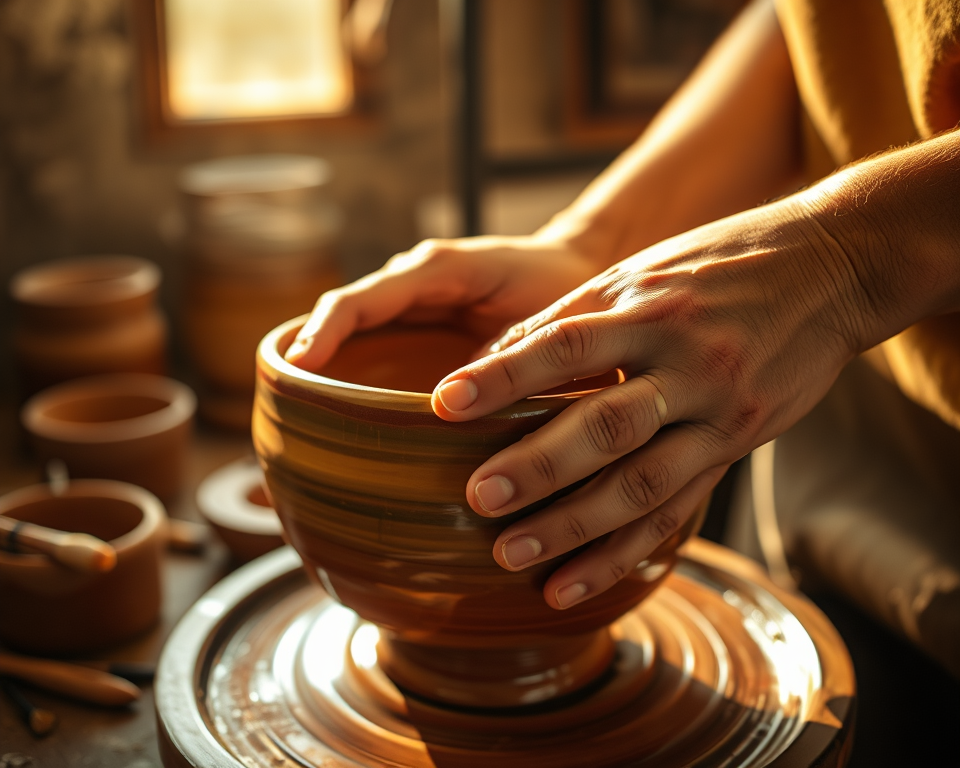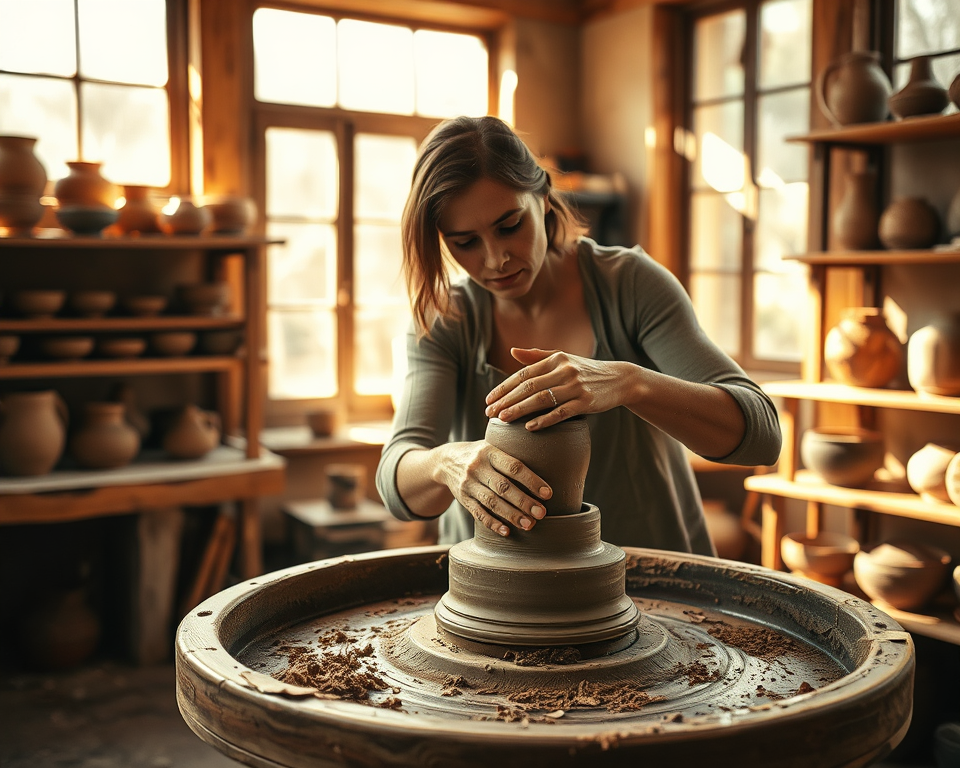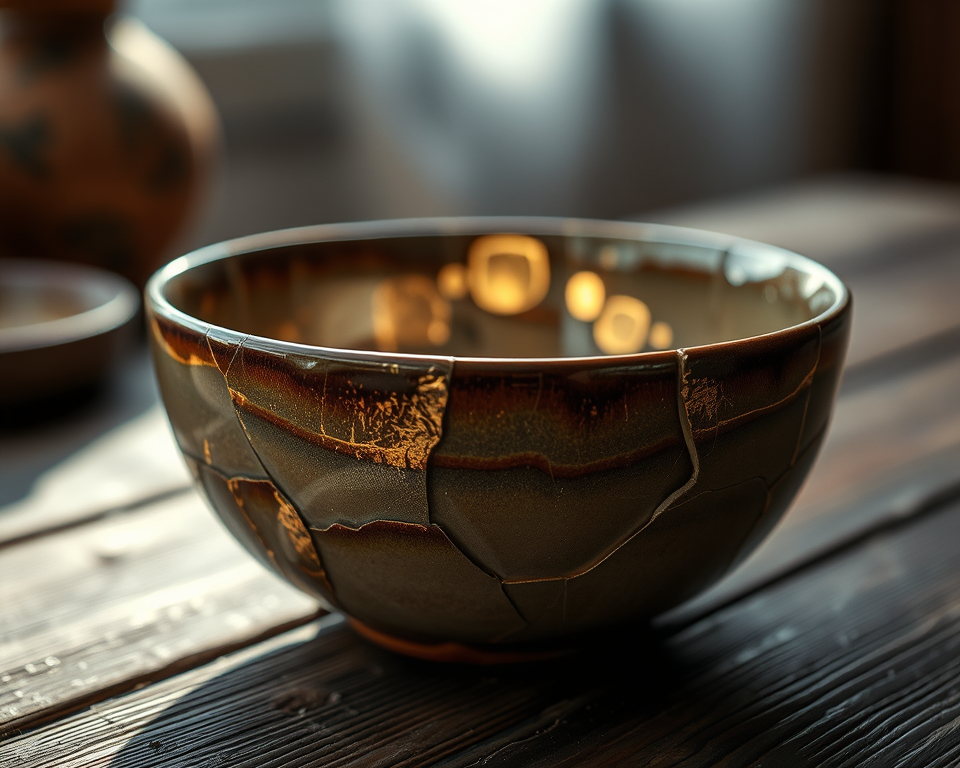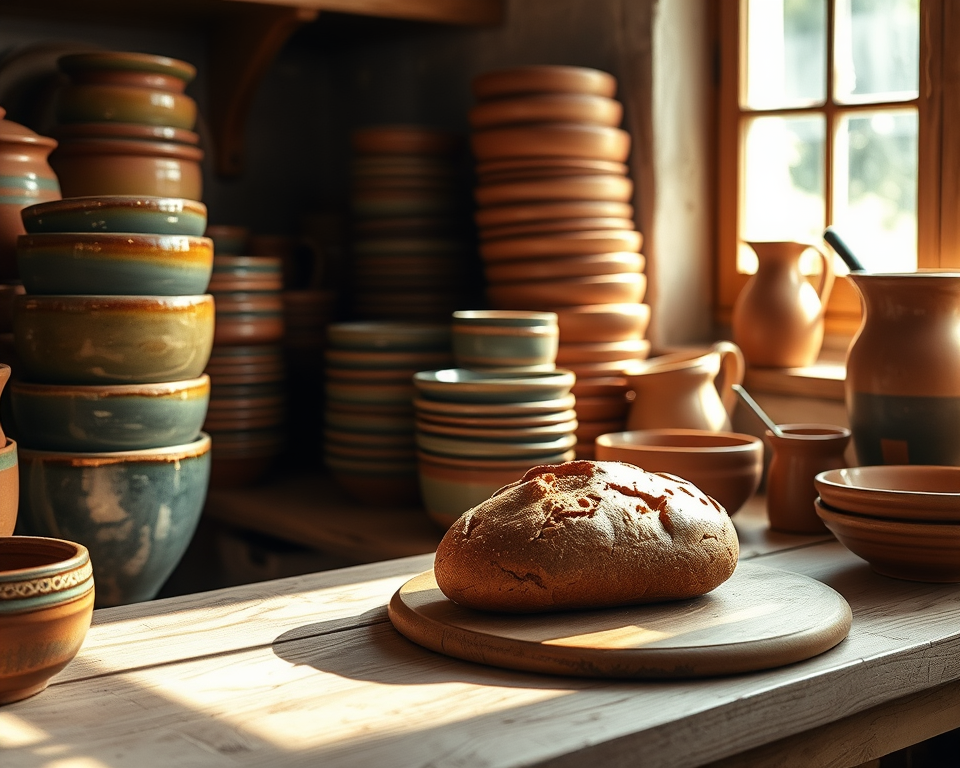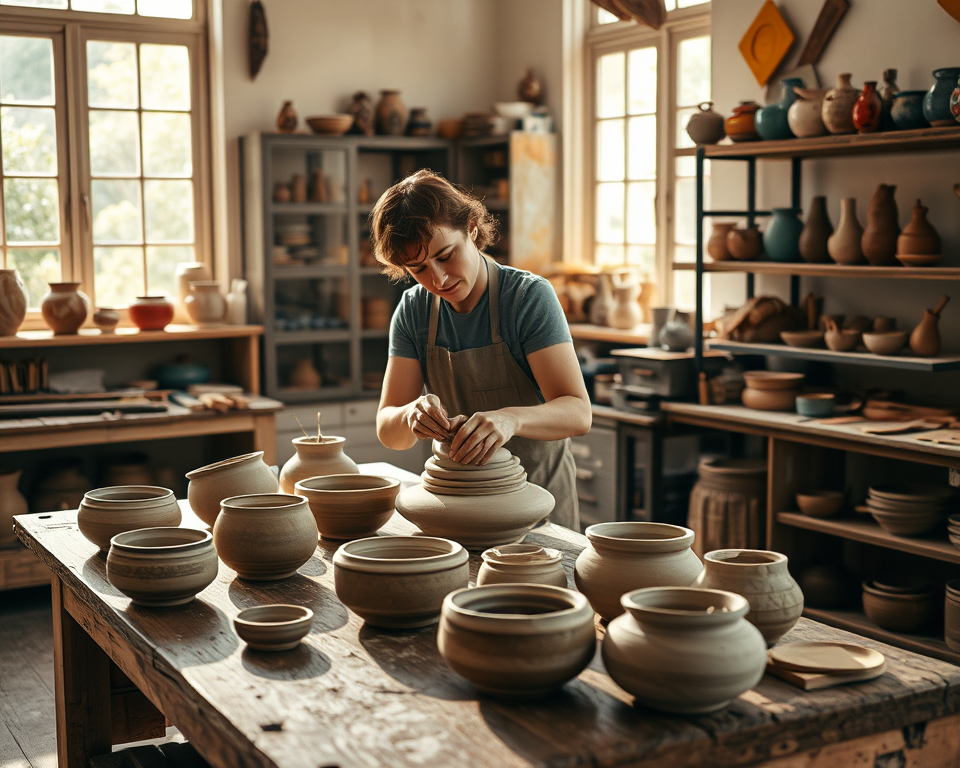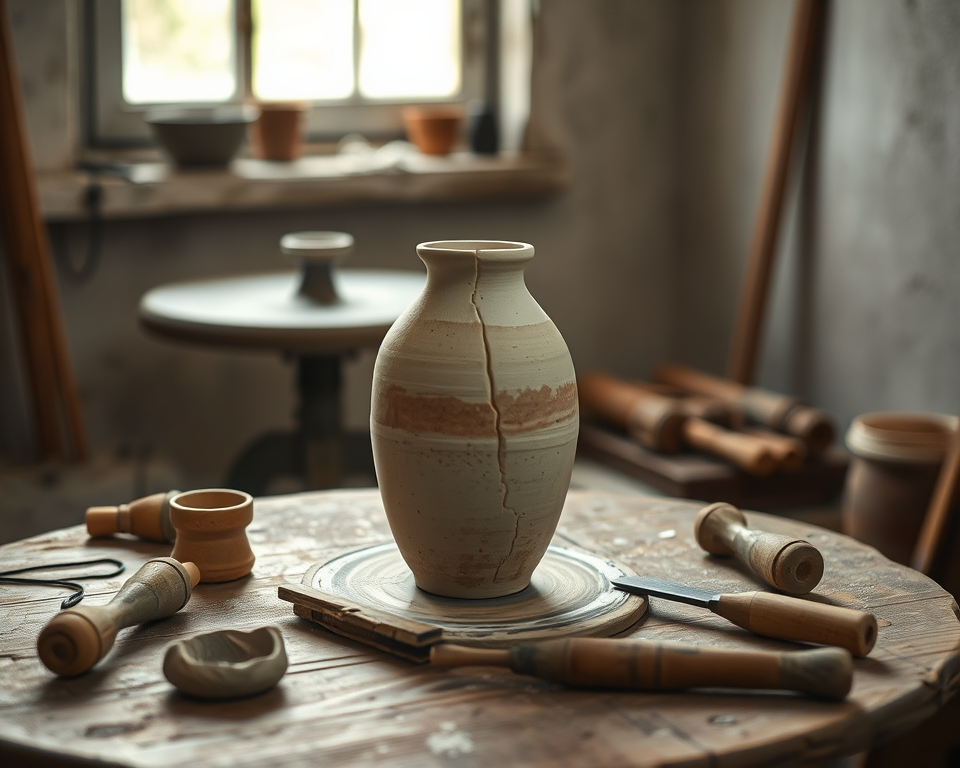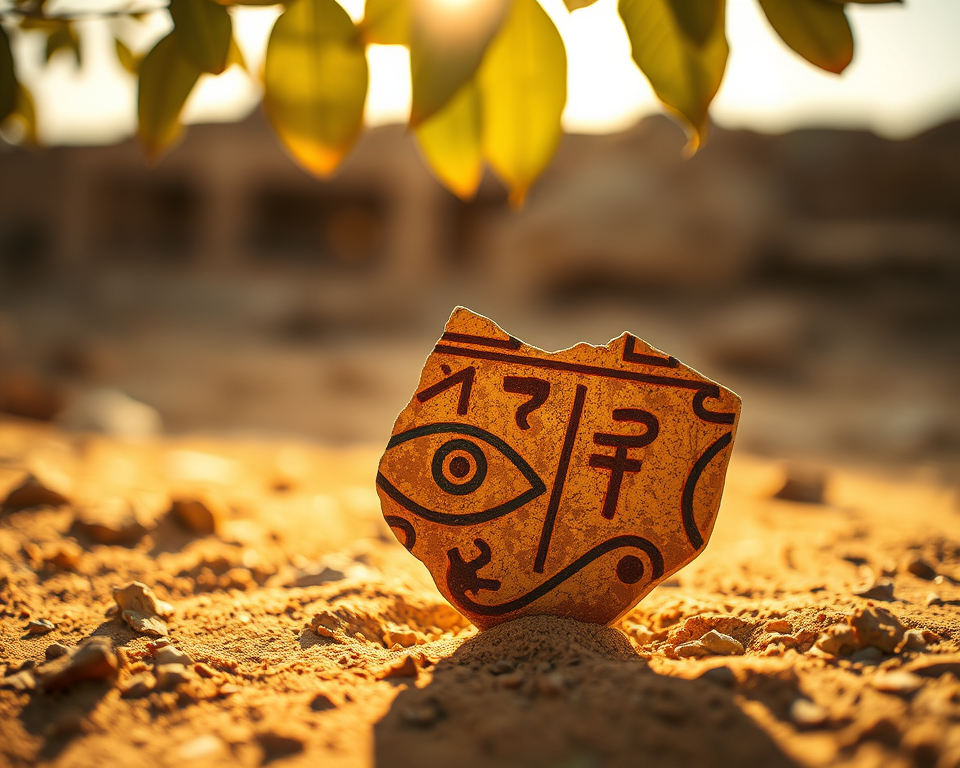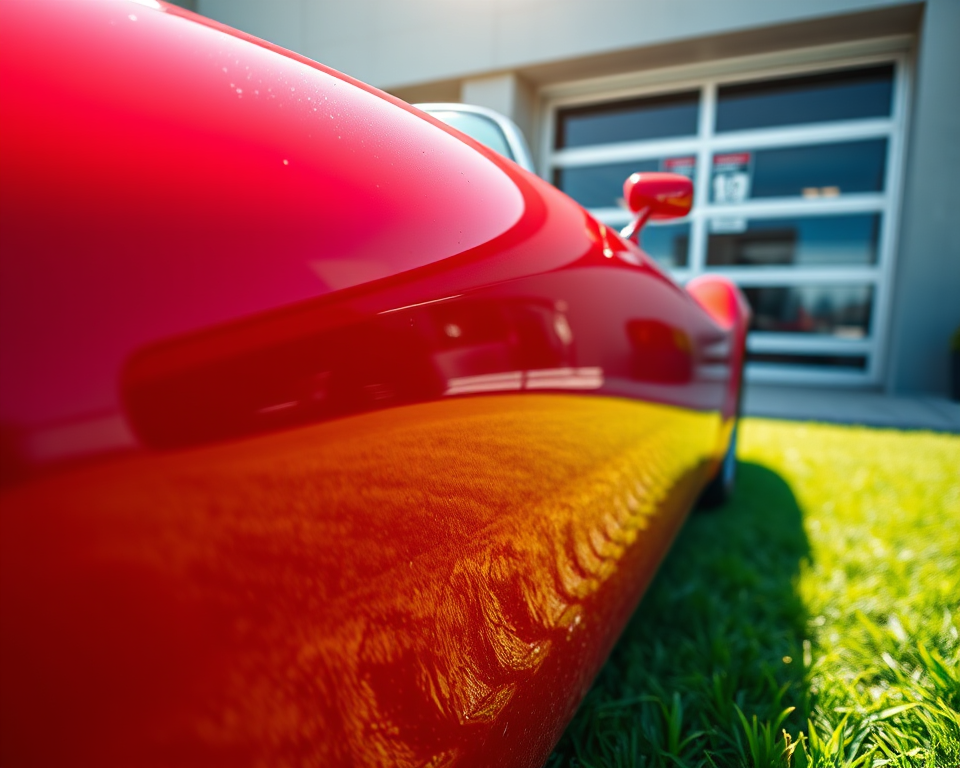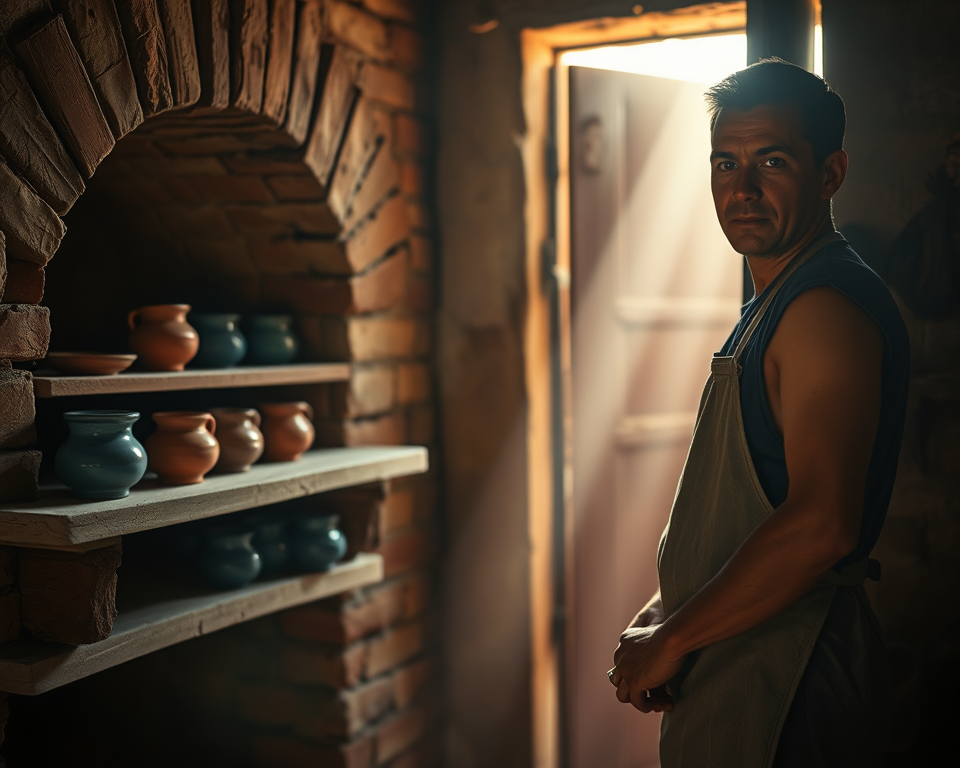African pottery is not just beautiful; it serves important purposes in everyday life. Often decorated with bold geometric designs, these creations are made from natural materials like clay. Pottery can be used for various functions, including storage for food and water, and is also significant in rituals and cultural ceremonies. The patterns on the pottery
Author: Lila Emerson
Hi, I’m Lila! I’ve been captivated by the art of pottery for as long as I can remember. From the moment I first touched clay, I knew I had found my passion. Through my website, CraftedInClay.com, I share my love for pottery, offering tutorials, tips, and inspiration for anyone eager to discover, learn, and master the art of pottery. Whether you're a beginner or a seasoned artist, I’m here to help you shape your creative vision into something beautiful!
Essential Techniques for Perfectly Polished Pottery
Pottery is such a fulfilling craft, don’t you think? There’s something so satisfying about shaping clay, firing it up, and then adding that shiny, smooth finish. The journey from raw clay to beautifully polished pottery is one filled with intention and artistry. If you’ve ever struggled to get that glossy finish just right, believe me,
The Cultural Legacy and Impact of Pottery Today
There’s something about the feel of clay beneath my fingers that makes my heart race. It’s raw, earthy, and unexpectedly healing. Picture this: you’re molding your own little piece of art, allowing creativity to flow, and suddenly the stress of the day just fades away. Pottery isn’t just a craft—it’s a journey through time and
Kintsugi: The Beautiful Art of Broken Pottery
I’ve always found beauty in the imperfect. There’s something magical about seeing the cracks and flaws—the story they tell is just as captivating as any pristine masterpiece. That’s why I’ve become enamored with kintsugi, the ancient Japanese art of repairing broken pottery with lacquer mixed with powdered gold or other precious metals. It’s not just
Baking Pottery: What You Must Know for Perfect Results
When I first started getting into pottery, I was overwhelmed by how versatile and beautiful it could be. But one question kept nagging at me: can I actually bake with the pottery I make? I mean, who doesn’t want to impress friends with some handmade dishes while whipping up delicious meals? If you’re like me,
Making Pottery: Pinching, Pulling, and Molding Clay
Pottery is a fun and fascinating craft where you can create amazing shapes and functional items out of clay. There are three cool ways to make pottery: by pinching, pulling, or molding the clay. Pinching: This is where you use your fingers to pinch the clay into shape. It’s a great starting point if you’re
Why Your Pottery Cracks: Key Causes Explained Simply
As a pottery enthusiast who’s spent countless hours at the wheel, I can tell you—there’s nothing quite like the excitement of creating a beautiful piece from clay. But, let’s be real: finding a crack in your masterpiece can feel like a gut punch. It’s frustrating, it’s disheartening, and most of all, it just plain sucks!
The Fascinating History of Egyptian Pottery Revealed
Hey there! Have you ever marveled at the beauty of ancient artifacts, imagining the cultures they represent? While scrolling through images of Egyptian pottery, I couldn’t help but feel a rush of curiosity. As I explored deeper, I realized that understanding the history of these ceramics wasn’t just about appreciating the art; it was about
Is a Clay Bar Essential for Your Car’s Shine?
Let’s face it—there’s nothing quite like the feeling of rolling up in a car that looks like it just came off the showroom floor. But if you’re like me, you know that maintaining that fresh, glossy finish can sometimes feel like a part-time job. So, one question keeps coming up: is a clay bar really
Your Guide to Understanding Pottery Kilns
Have you ever stood in front of a beautifully finished piece of pottery and wondered how the magic happens? It’s not just the skill of the potter; it’s also the vital role of the kiln in bringing those creations to life. As someone who’s been down this road before, I can tell you that understanding

